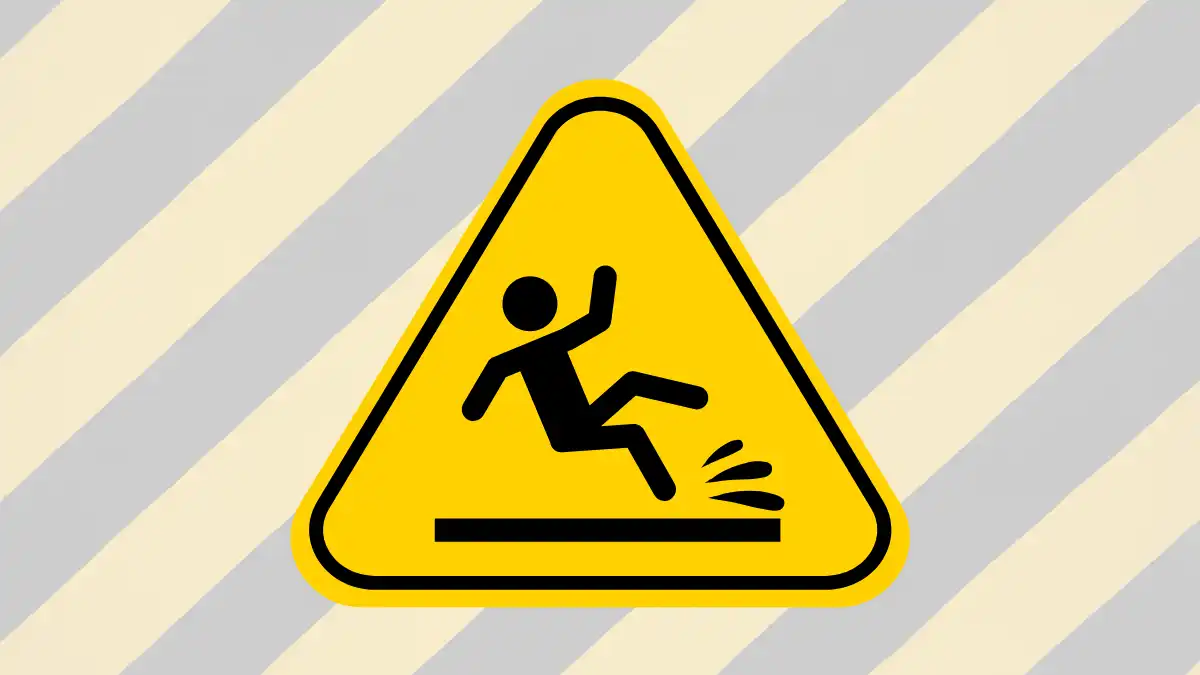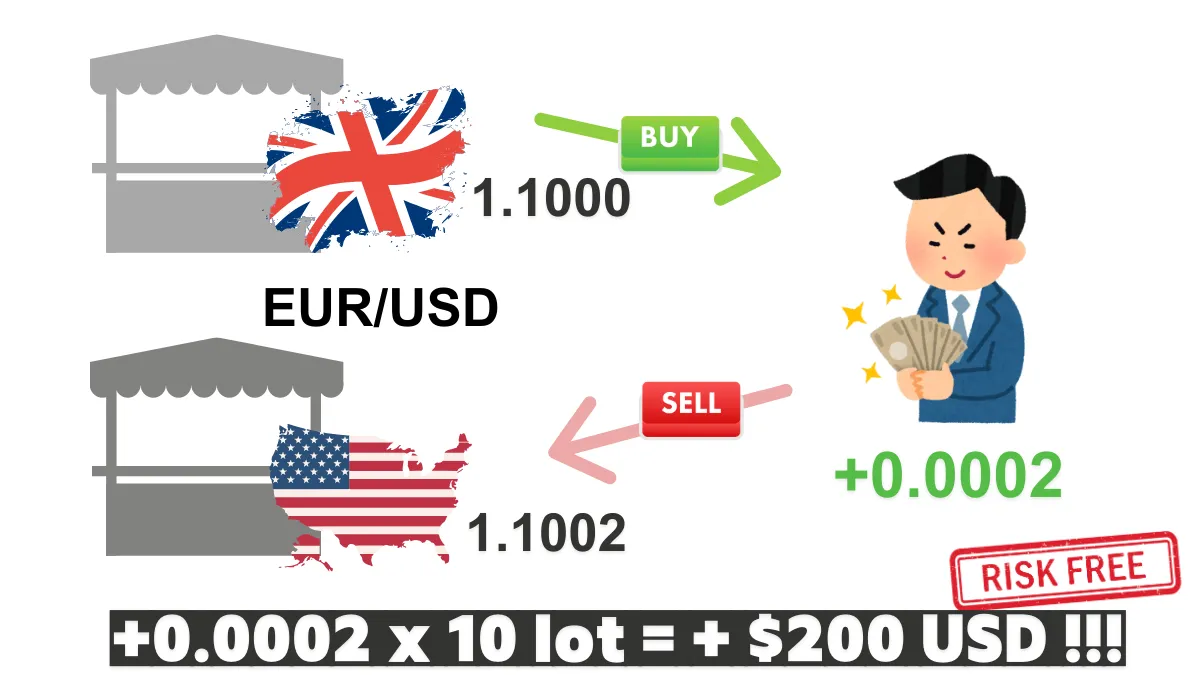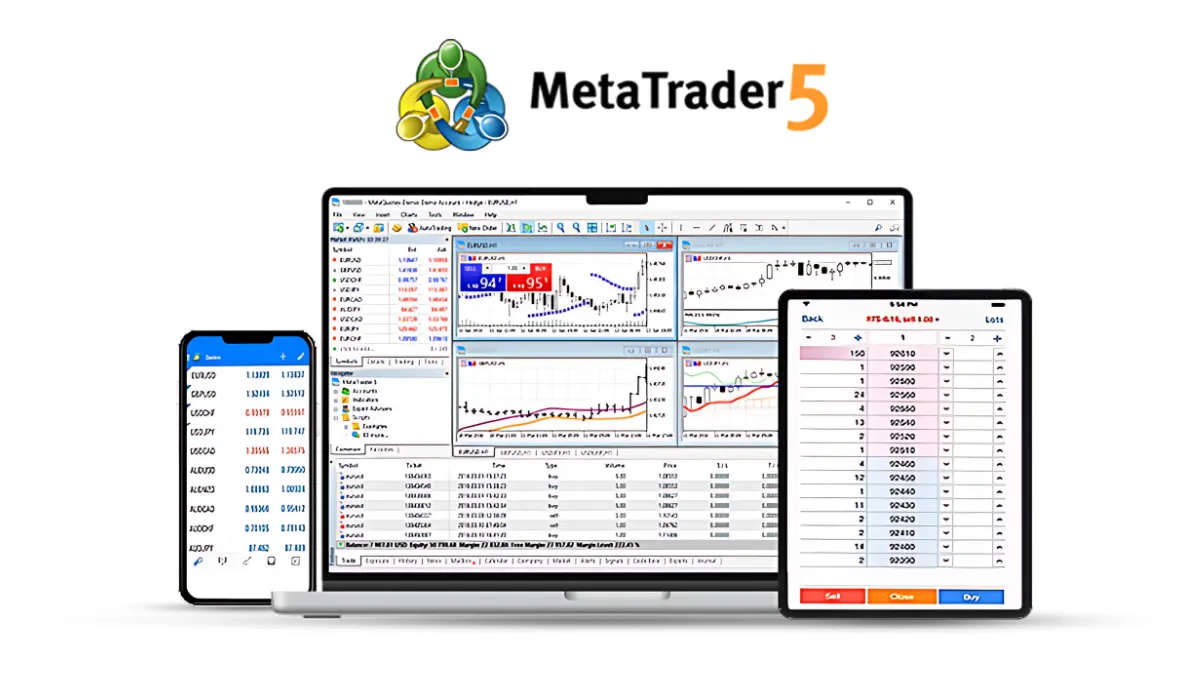What is Slippage? (A Must-Know Concept for Forex Beginners)
After you start forex trading, you might hear the term "Slippage ".This term may sound a bit strange, but it is actually a very common phenomenon in trading. Especially for beginners, understanding it is very important because it affects your final trading results and may influence your concerns about losses.
What is Slippage?
Simply put, slippage refers to the difference between the price you see when placing an order and the actual executed price.For example: Suppose you want to buy EUR/USD at the price of 1.1050. You see this price on the trading platform and then click the "Buy" button.
However, when your order is actually executed, the transaction price might be 1.1052 or 1.1048, instead of the initial 1.1050 you saw.
This 2-pip price difference is slippage.
Why Does Slippage Occur?
Slippage mainly occurs because market prices change very quickly and there is a slight time delay between placing your order and the order being finally processed.During this brief delay, the market price may have already moved.
Slippage is more likely to happen in the following situations:
- During high market volatility: For example, when important economic news is released (such as interest rate decisions, employment data, etc.) or during major unexpected events, prices may jump sharply within a short period.
- When market liquidity is low: Low liquidity means fewer participants willing to buy or sell. When you place a relatively large order or trade during less active periods (such as late night or holidays), it may be difficult to find enough counterparties at your desired price, causing your order to be executed at a less favorable price.
Is Slippage Always Bad? (Positive Slippage vs Negative Slippage)
Not necessarily! There are two types of slippage:- Negative Slippage: This means the actual executed price is worse than you expected.
For example: You want to buy at 1.1050 but the execution price is 1.1052 (you bought at a higher price). Or you want to sell at 1.1050 but the execution price is 1.1048 (you sold at a lower price). Negative slippage reduces your profit or increases your loss. - Positive Slippage: This means the actual executed price is better than you expected.
For example: You want to buy at 1.1050 but the execution price is 1.1048 (you bought at a cheaper price). Or you want to sell at 1.1050 but the execution price is 1.1052 (you sold at a higher price). Positive slippage is beneficial to you.
Therefore, slippage itself just describes the price difference phenomenon and can be either good or bad.
What Does Slippage Mean for Beginners? (Why Should You Care?)
- Affects actual profit and loss: Negative slippage directly impacts your trading results, causing you to earn less than expected or lose more than expected. This is one reason why beginners may feel frustrated or afraid of losses, as the results may differ from their expectations.
- Affects stop-loss orders: Even if you set a Stop Loss to limit losses, during rapid price movements, the stop-loss order may not be executed at the exact price you set due to slippage, resulting in larger losses than anticipated.
Can Expert Advisor (EA) Avoid Slippage?
Even when using an EA for automated trading, slippage cannot be completely avoided because EA orders still need to be executed in the market and are subject to market volatility and execution delays.How to Reduce the Risk of Slippage? (Advice for Beginners)
Although slippage cannot be completely eliminated, you can take some measures to reduce the risk of negative slippage:- Avoid trading during major news releases: The market is usually very volatile around important economic data or news events, and the risk of slippage is high. If you are a beginner, consider avoiding these periods.
- Trade in highly liquid markets: Major currency pairs (such as EUR/USD, USD/JPY, GBP/USD) usually have the highest liquidity, more stable prices, and a lower chance of slippage compared to less popular currency pairs.
- Use Limit Orders instead of Market Orders:
- Market Order: Means you request to execute as soon as possible at the best current market price. More prone to slippage but guarantees execution.
- Limit Order: Means you specify a price (or better), and the order will only execute when the market reaches this price or a more favorable price. This helps you control entry or exit prices and aims to avoid negative slippage (execution at a worse price than expected). However, this does not guarantee the order will be executed (if the market price never reaches your set level). In actual execution, especially in fast-moving markets or depending on the specific execution methods and policies of different brokers, whether a limit order can be fully executed at the specified price or completely avoid slippage may vary (it is recommended to refer to your chosen broker’s official explanations).
- Understand Slippage Tolerance Settings:
This setting is mainly encountered when writing or using certain Expert Advisor (EA) automated trading programs. It allows the program to set an acceptable maximum price difference range. Theoretically, if the actual slippage exceeds this range, the order will not be executed.
However, it is very important to understand that the actual effect of this setting largely depends on your broker’s execution policies and server-side processing. In many cases (especially during rapid market movements or when using market orders), the broker’s execution mechanism may take precedence over the client-side slippage tolerance setting, causing the setting to fail to prevent orders with excessive slippage from being executed as expected. Therefore, this setting should not be overly relied upon as the main method to prevent negative slippage, and its effectiveness should be confirmed with your broker.
Summary: Stay Calm and Be Prepared
Slippage is a normal phenomenon in forex trading. It is not something to be afraid of, nor is it a deliberate trick by brokers (although choosing a reputable broker is also important).Understanding what slippage is, why it happens, and how to deal with it can help you:
- Set more realistic trading expectations.
- Manage risk better and reduce fear of unexpected losses.
- Choose more suitable order types and trading timing.
Remember, trading always involves risk, and slippage is part of it.
Hi, We are the Mr.Forex Research Team
Trading requires not just the right mindset, but also useful tools and insights.Here, we focus on Global Broker Reviews, Trading System Setup (MT4 / MT5, EA, VPS), and Forex Trading Basics.
We personally teach you to master the "Operating Manual" of financial markets, building a professional trading environment from scratch.
If you want to move from theory to practice:
- Help share this article to let more traders see the truth.
- Read more articles on Broker Tests and Forex Education.





